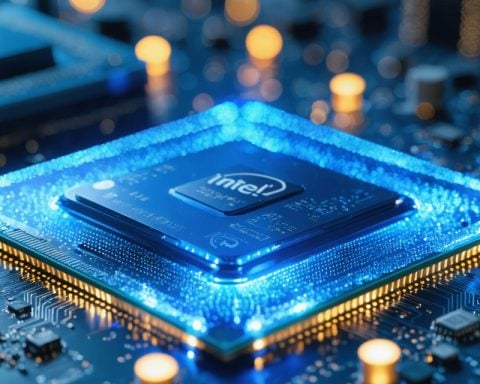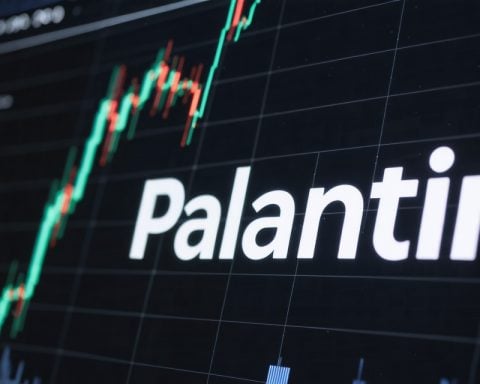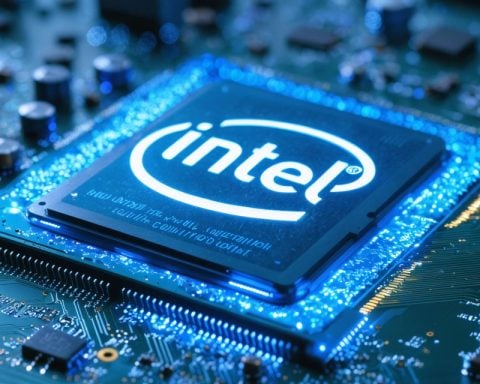The upcoming PlayStation 5 Pro is set to revolutionize the gaming experience with its innovative capabilities, launching on November 7 at a price of $700. This console promises significant enhancements for both current and future games by leveraging advanced hardware and software capabilities. The PS5 Pro will feature a powerful GPU and upgraded RAM, enabling it to render graphics up to 45% faster than its predecessor.
One of the notable advancements is the inclusion of PlayStation Spectral Super Resolution (PSSR), which allows for breathtaking upscaled 4K gaming. However, for gamers to enjoy PSSR, developers will need to issue patches for their existing titles. The PS5 Pro will provide two performance modes: the native PS5 Pro Game Boost that does not require updates and the PS5 Pro Enhanced mode that does.
As the console launches, it’s expected that 40-50 games will take advantage of the Enhanced features, primarily supporting 4K gaming at 60 frames per second. Notably, there will also be options for 8K resolution and up to 120 frames per second for compatible televisions. Developers are encouraged to explore varied methods to optimize their games, ensuring an improved visual experience for players.
As stated by a key figure in PlayStation development, the future trajectory will prioritize image quality over mere resolution. The PlayStation 5 Pro is geared to redefine gaming, making it a highly anticipated addition to the console family.
Additional Facts About the PlayStation 5 Pro
The PlayStation 5 Pro is not only an upgrade in terms of graphics and processing power but also includes improvements to its cooling system, potentially extending the lifespan of the hardware under intensive gaming conditions. The console will support a broader range of file formats for game storage, including support for M.2 SSDs with increased speed capabilities, making loading times significantly shorter.
Important Questions and Answers:
1. What are the key upgrades in the PS5 Pro compared to the standard PS5?
– The PS5 Pro comes with a more powerful GPU, increased RAM, support for advanced graphical technologies like PSSR, and better storage options that enhance loading times.
2. How will existing games adapt to the PS5 Pro’s capabilities?
– Many existing titles will benefit from performance patches, allowing them to use the PS5 Pro’s Enhanced mode. However, some titles will also function seamlessly in the Game Boost mode.
3. Can the PS5 Pro run games at 8K resolution?
– While the PS5 Pro offers 8K capabilities, it highly depends on the compatibility of the game and the display. Full native 8K gaming may not yet be feasible outside of select titles.
Key Challenges and Controversies:
– Game Developer Adoption: Some developers may face challenges in optimizing their existing titles for the new hardware, potentially leading to inconsistencies in game experiences across various platforms.
– Pricing Concerns: The $700 price tag may deter some gamers, especially amid economic uncertainties. The debate over whether the enhancements justify the cost will likely arise.
– Availability of 8K TVs: Not all gamers have access to 8K TVs, which raises questions about the necessity of this feature for the general consumer base.
Advantages of the PS5 Pro:
– Enhanced performance and graphics, enabling smoother frame rates and higher resolutions.
– Increased support for high-speed storage options to reduce loading times.
– Backward compatibility with a substantial library of PS4 and PS5 games.
Disadvantages of the PS5 Pro:
– The need for game patches to fully utilize Enhanced mode could delay the gaming experience.
– High initial investment cost, limiting access for some gamers.
– Potential overheating issues if not properly managed due to increased processing demands.
For more information about the PlayStation 5 Pro and the future of gaming, visit PlayStation.



















